
What are the differences between IEC 60825-1 and 21 CFR 1040.10?
Laser Safety Standards: IEC 60825-1 and 21 CFR 1040.10
IEC 60825-1 and 21 CFR 1040.10 are critical components of the laser safety grading system. They provide scientific guidelines for managing laser product safety, ensuring the widespread application of laser technology while safeguarding the public and users.
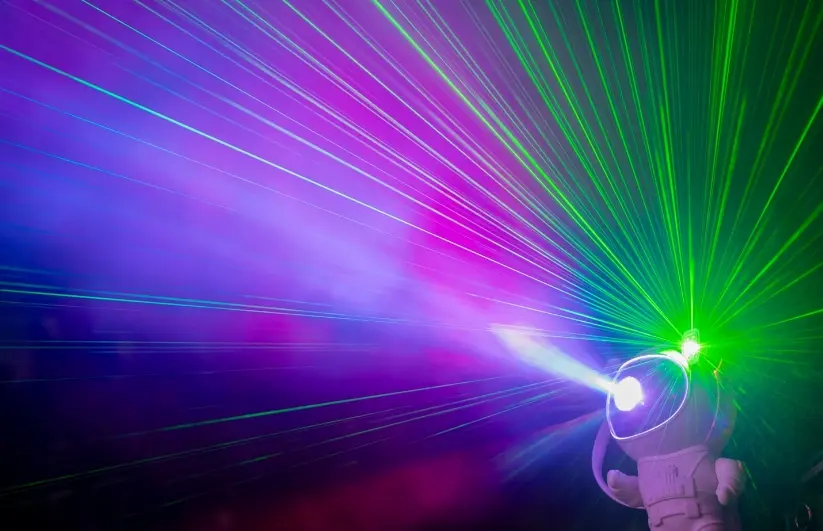
Differences Between IEC 60825-1 and 21 CFR 1040.10
1.1 Governing Organizations
- IEC 60825-1: Developed by the International Electrotechnical Commission (IEC), serving as a global standard for electrical, electronic, and related technologies.
- 21 CFR 1040.10: Established by the U.S. Food and Drug Administration (FDA) as part of U.S. federal regulations, focusing on laser product safety requirements.
1.2 Scope of Application
- IEC 60825-1: Applicable worldwide and adopted by various nations and regions as local standards, such as the EU (EN standards) and Japan (JIS standards).
- 21 CFR 1040.10: Specific to all laser products sold, distributed, or imported into the United States, covering medical, industrial, research, and consumer applications.
1.3 Content Details
- IEC 60825-1: Specifies laser product classification, safety limits, protective measures, warning labels, user information, and testing methods. It provides detailed requirements for equipment design, manufacturing, usage, and maintenance.
- 21 CFR 1040.10: Similar in classification and safety requirements to IEC 60825-1 but emphasizes U.S.-specific regulations such as product registration, labeling requirements, record-keeping, and annual reporting.
1.4 Enforcement Strength
- IEC 60825-1: As an international standard, it becomes enforceable only after adoption and conversion into local regulations. For instance, the EU implements EN 60825-1, while the U.S. incorporates parts into 21 CFR 1040.10.
- 21 CFR 1040.10: As a federal regulation in the U.S., it is strictly enforceable. Non-compliance may result in FDA penalties, including warning letters, product seizures, and fines.
Major Differences in Laser Classification
2.1 Laser Classifications in IEC 60825-1
- Class 1: No harm to eyes or skin during normal operation.
- Class 1M: Safe unless viewed with optical instruments.
- Class 2: Visible laser safe within the natural blink reflex time (0.25 seconds).
- Class 2M: Safe within 0.25 seconds unless viewed with optical instruments.
- Class 3R: Power up to 5 times the Class 1 or 2 limits, varying by wavelength.
- Class 3B: Medium-power lasers that can harm eyes through direct or specular reflection, while diffuse reflection is generally safe.
- Class 4: High-power lasers with acute hazards to eyes and skin, and potential secondary hazards such as fire.
2.2 Laser Classifications in 21 CFR 1040.10
- Class 1: Same as IEC 60825-1, no harm during normal operation.
- Class 2: Same as IEC 60825-1, visible lasers safe within 0.25 seconds.
- Class 3B: Same as IEC 60825-1, medium-power lasers potentially harmful to eyes.
- Class 4: Same as IEC 60825-1, high-power lasers with acute hazards and potential fire risks.
- Unclassified Levels: 21 CFR 1040.10 does not include Class 1M, 2M, or 3R categories, with some functionality substituted by other classifications.
Laser Eye Safety Requirements
3.1 United States (21 CFR 1040.10)
- Laser products entering the U.S. market must meet FDA radiation emission requirements.
- Manufacturers must ensure compliance with design and structural limits, submitting initial and annual reports.
- Testing standards may follow 21 CFR 1040.10 or IEC 60825-1 (considering differences outlined in FDA Notice 56).
3.2 European Union and Other Regions (IEC 60825-1)
- IEC 60825-1 is adopted internationally, with the EU implementing EN 60825-1 (including Amendment A11).
- For consumer laser products, additional requirements under EN 50689 must be met.
Significance of Laser Safety Standards
1. Protect Human Safety: Regulates the design and use of laser products, minimizing harm due to misuse or equipment malfunction.
2. Ensure Equipment Performance: Promotes stable operation under safe conditions, extending the lifespan of laser devices.
3. Standardize Industry Development: Provides unified technical benchmarks to encourage healthy industry growth and technological advancement.
4. Enhance Market Trust: Compliance with standards improves product marketability and consumer confidence, boosting competitiveness.
5. Reduce Legal Risks: Adherence to standards helps manufacturers avoid legal disputes and financial losses related to product safety issues.
Email:hello@jjrlab.com
Write your message here and send it to us
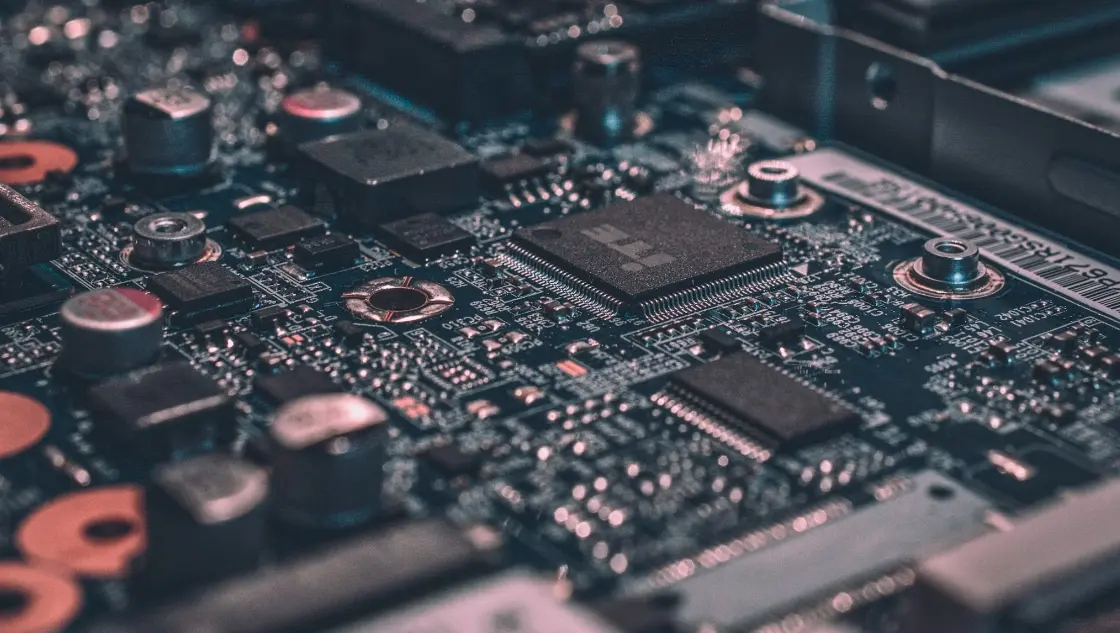 LoRa Certification Testing Laboratory
LoRa Certification Testing Laboratory
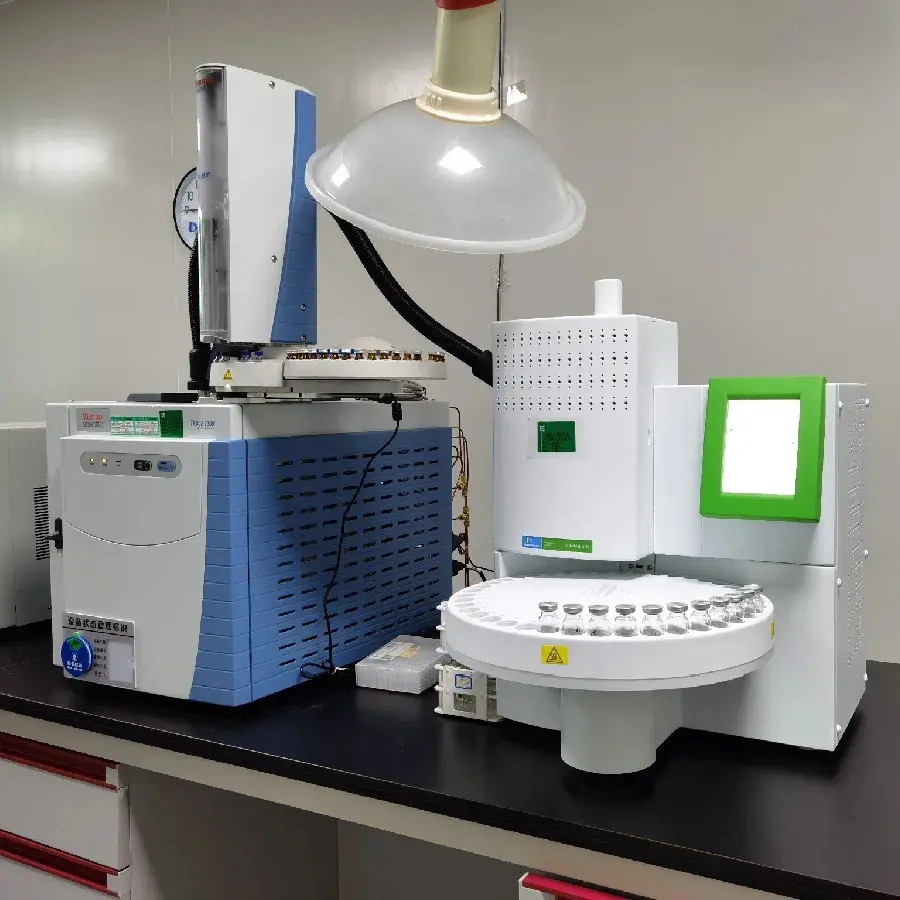 Blood Pressure Monitor Certification Testing Servi
Blood Pressure Monitor Certification Testing Servi
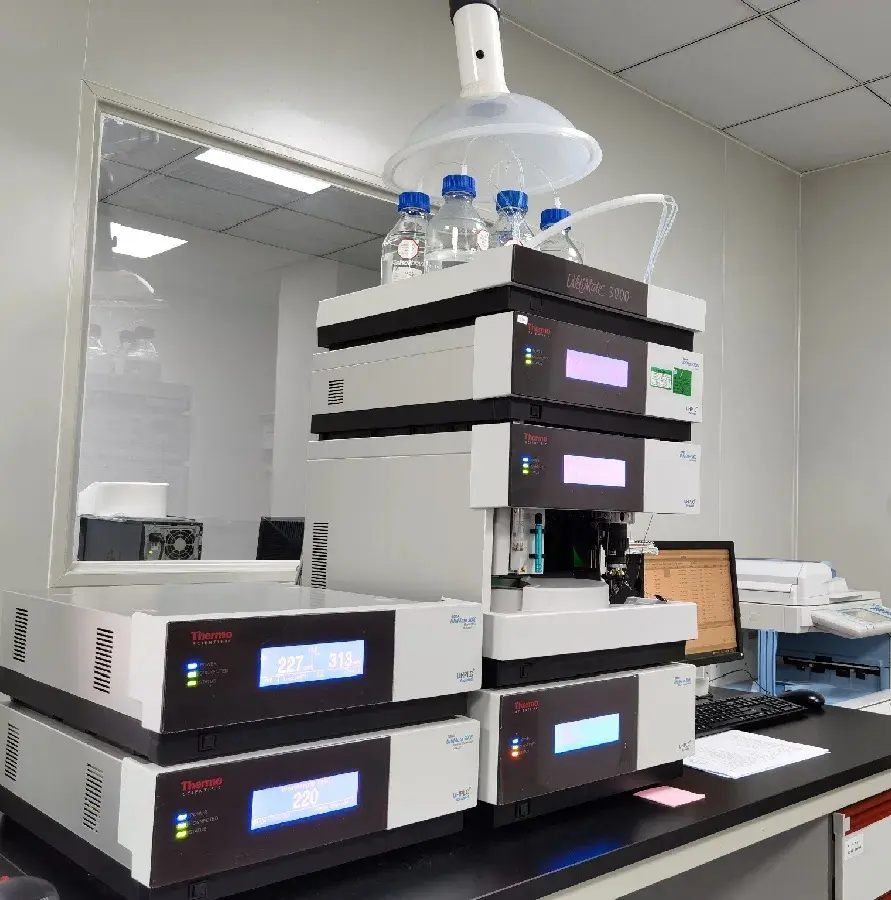 ECG Device Certification Testing
ECG Device Certification Testing
 Pulse Oximeter Certification and Testing Standards
Pulse Oximeter Certification and Testing Standards
 IVD Medical Device GB 4793:2024 Test Report
IVD Medical Device GB 4793:2024 Test Report
 IECEE CBTL Testing Laboratory for IVD Medical Devi
IECEE CBTL Testing Laboratory for IVD Medical Devi
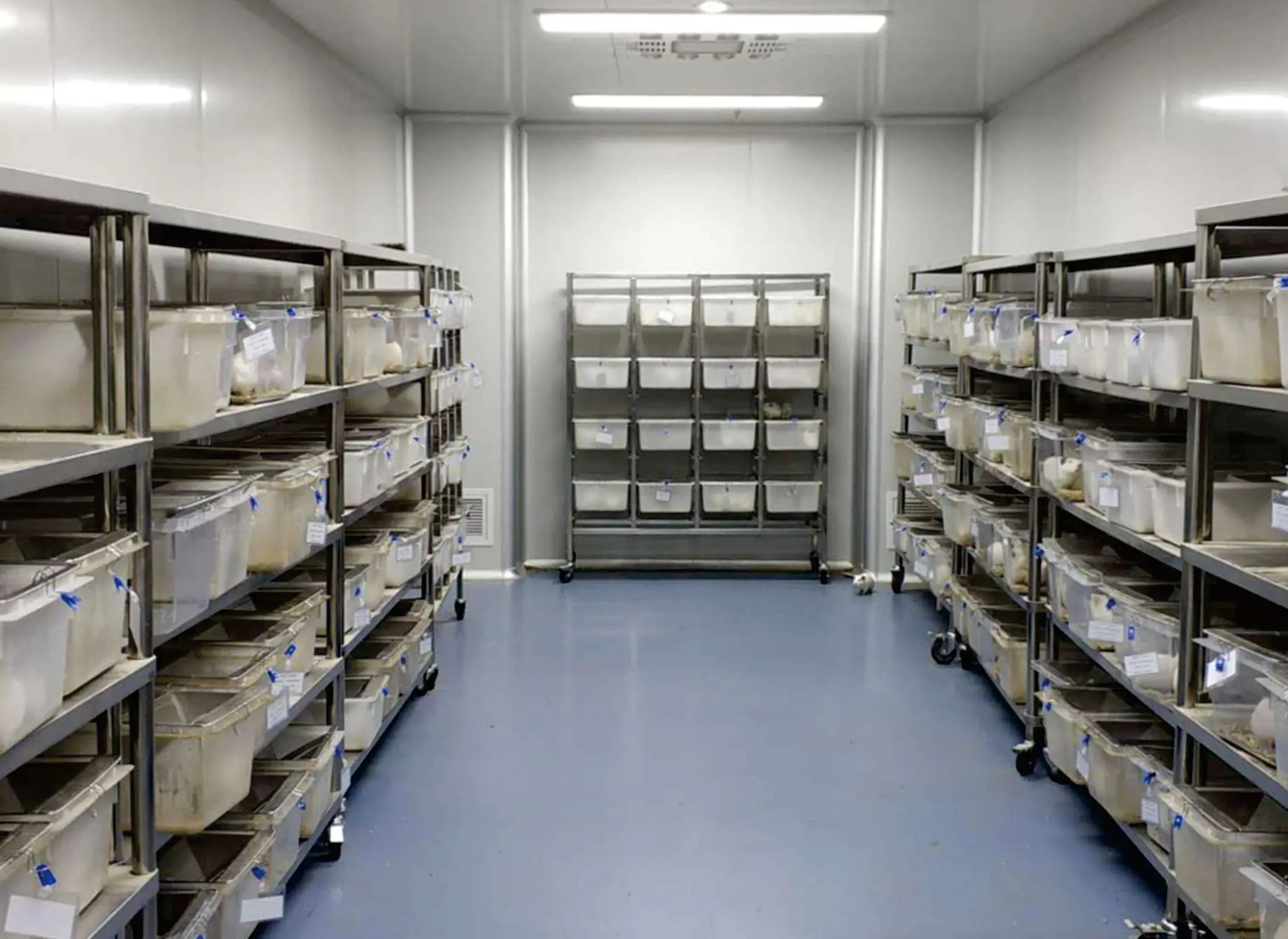 China OECD GLP-Certified Laboratory
China OECD GLP-Certified Laboratory
 Packaging Validation ISO 11607 Test Report
Packaging Validation ISO 11607 Test Report
Leave us a message
24-hour online customer service at any time to respond, so that you worry!




